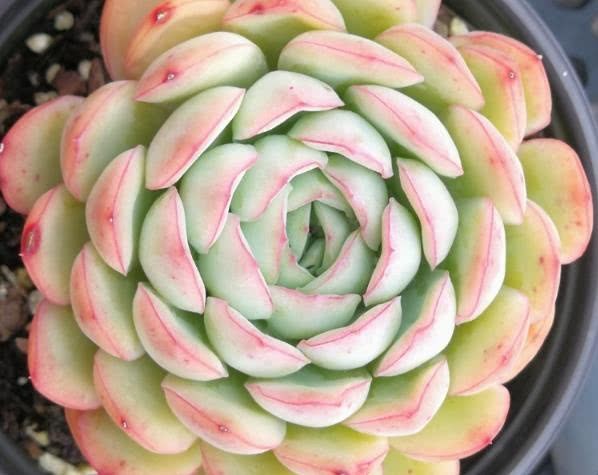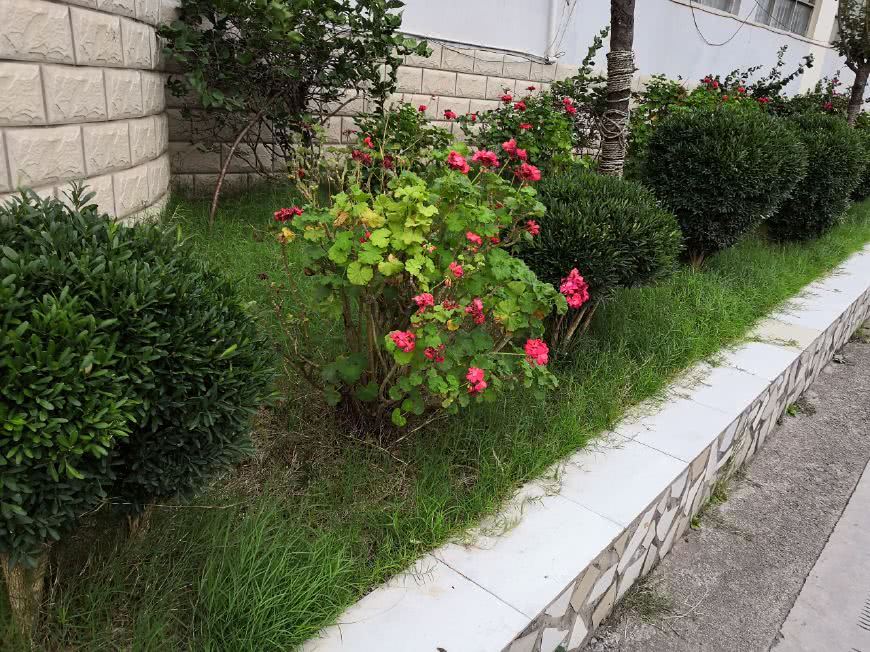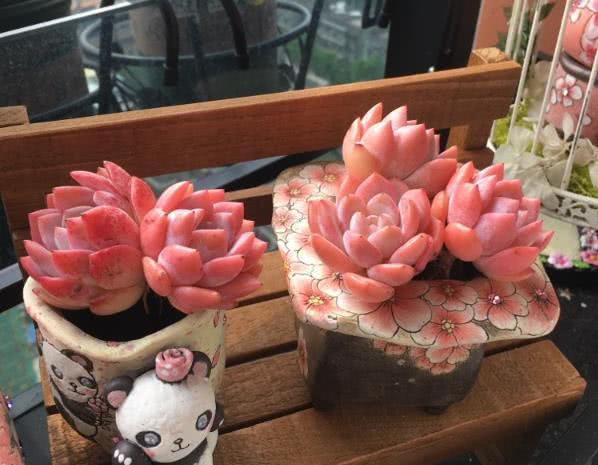The leaves of succulent plants are prone to wither and blacken. Take good measures to be succulent and healthy.

Black rot and rot is one of the most common diseases of succulent plants, usually caused by fungal infections caused by too much watering or too moist culture environment. Most succulent plants grow in desert climates and adapt to extremely dry conditions, so watering should not be overdone, and the soil should be left dry between watering. Another reason for decay is that the soil medium is impermeable. Be sure to use a breathable drainage medium to ensure that the water accumulates in the stem for no more than a few minutes.
Succulent plants in the allocation of soil, can not directly use garden soil, the nutrients of garden soil is relatively low, and easy to form a plate, resulting in impermeable watering. We can add an appropriate amount of coal ash and turf ash to the garden soil. of course, the melon seed shell and peanut shell we usually chew can also be added to it to help breathe. Finally, you can put some Maifan stone on the surface of the potted plant, which can not only improve the ornamental nature of the potted plant, but also assist watering and infiltrate slowly.
At the change of seasons, if we suddenly move succulent plants from indoor to outdoor sun exposure, succulent plants are very prone to sunburn and black rot, even if they have just been sprayed with insecticides such as carbendazim. It is also very prone to drug injuries, black rot and water. Black rot takes many forms, and by the time you find it, it is often too late to watch out for faded areas of the plant, as well as soft, mushy stems and leaves.
Scale insects eating wounds can also cause black rot of succulent plants, and the central part of the succulent plant itself is very delicate, so scale insects are easy to gather in this place, and these fresh leaves are easy to retain the juice of scale insects, thus feeling soot, and then the growing point is also prone to black rot. So we must check succulent plants regularly for signs of insect bites.
Once succulent plants are infected with black rot, a few leaves will be damaged and the whole plant will die, so it is important to prevent it in advance. Don't hurt the succulent plant, or the succulent stem will slowly erode the whole plant and die. Especially when the color of succulent plant appears a little white or even spots, we need to make a corresponding response, using solution to clean the place where the plant disease occurs.
For those that have black rot but no rotten light, you can use sterilized blades to dig up as many rotten parts as possible, and it is best to dig out some of the ones that are not rotten, because you may not be able to tell whether they are infected or not. Black rot must be beheaded to the position where the stem is not infected, or it will continue to spread upward. After beheading, put some carbendazim on the cut and dry it for two days before cutting.
Here is a gathering place for succulent plant lovers, sharing succulent maintenance skills, welcome to follow and exchange.
- Prev

The dwarf plants in the green belt are worth more than 10,000 yuan in potted plants
In the green belt of city streets and schools, have you noticed that there is an evergreen plant that always looks small and is called a dwarf plant? Despite the weather, always do not change the gentleman's true colors, to bring people...
- Next

Why are succulent plants not easy to dry up without watering? It has to do with leaves.
Succulent plants, such as the genera Euphorbia and Sedum, are good at storing water. When other plants are too hot to bear, succulent plants can easily cope with the dry climate of their place of origin. Except that the succulent leaves are succulent plants.
Related
- Wuhan Hospital Iron Tree Blooming Result Was Instantly Frightened by the Gardener Master
- Which variety of camellia is the most fragrant and best? Which one do you like best?
- What is the small blue coat, the breeding methods and matters needing attention of the succulent plant
- Dormancy time and maintenance management of succulent plants during dormancy
- Minas succulent how to raise, Minas succulent plant pictures
- What are the varieties of winter succulent plants
- How to raise succulent plants in twelve rolls? let's take a look at some experience of breeding twelve rolls.
- Attention should be paid to water control for succulent plants during dormant period (winter and summer)
- Watering experience of twelve rolls of succulent plants
- Techniques for fertilizing succulent plants. An article will let you know how to fertilize succulent plants.

